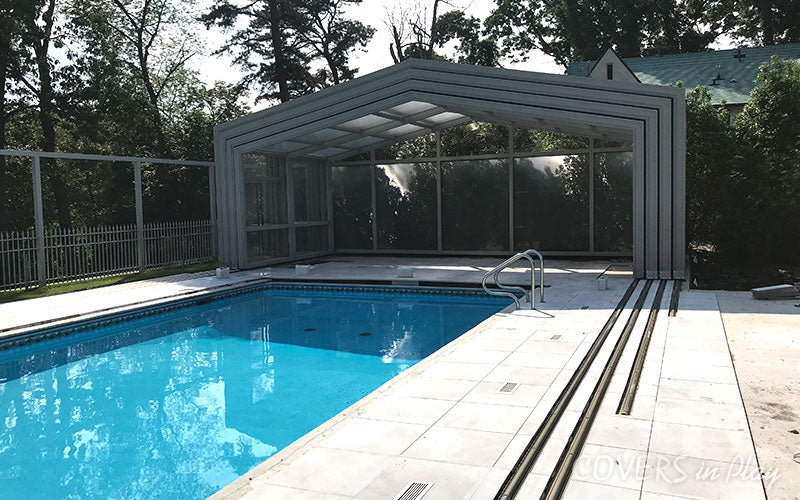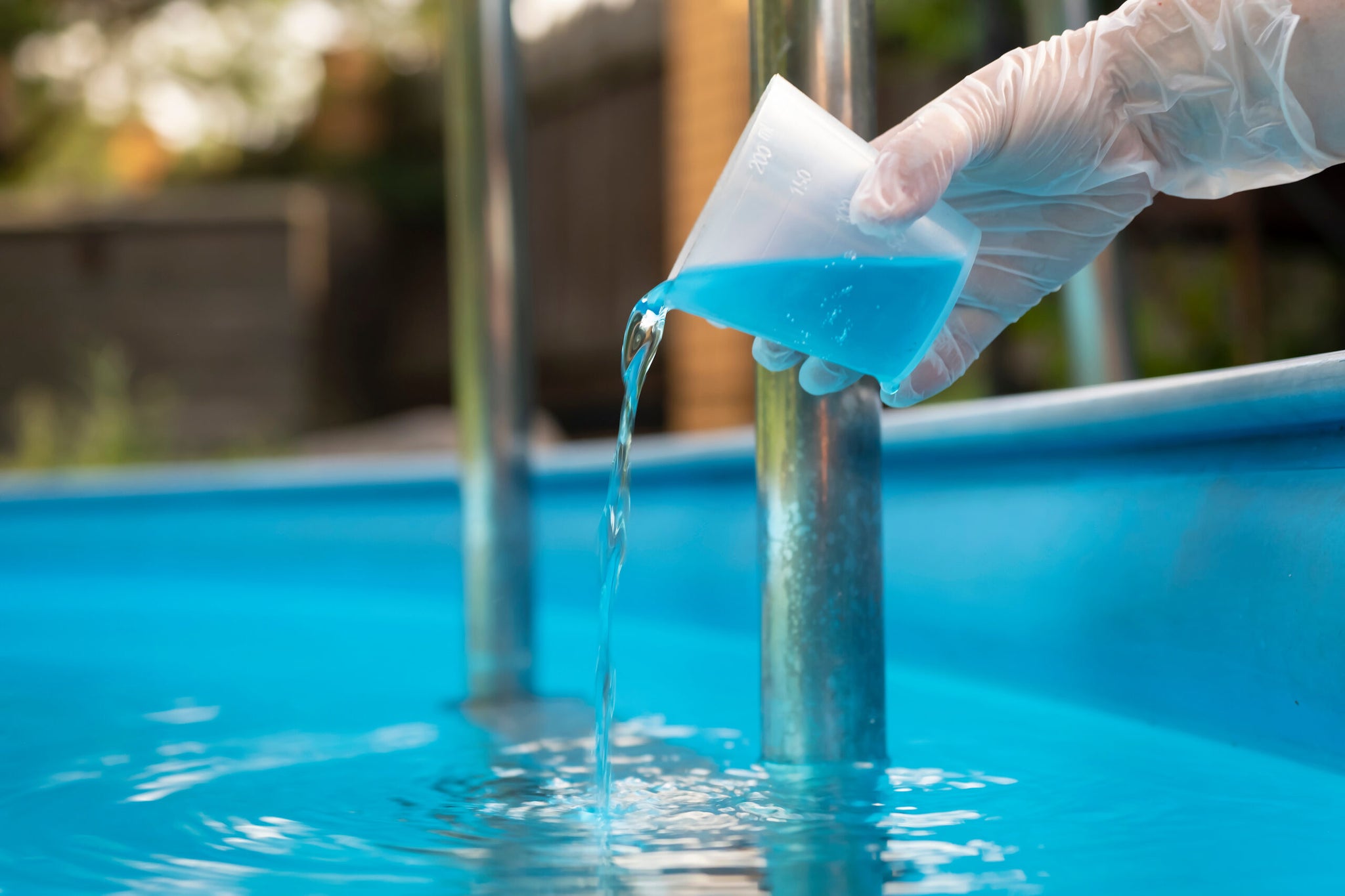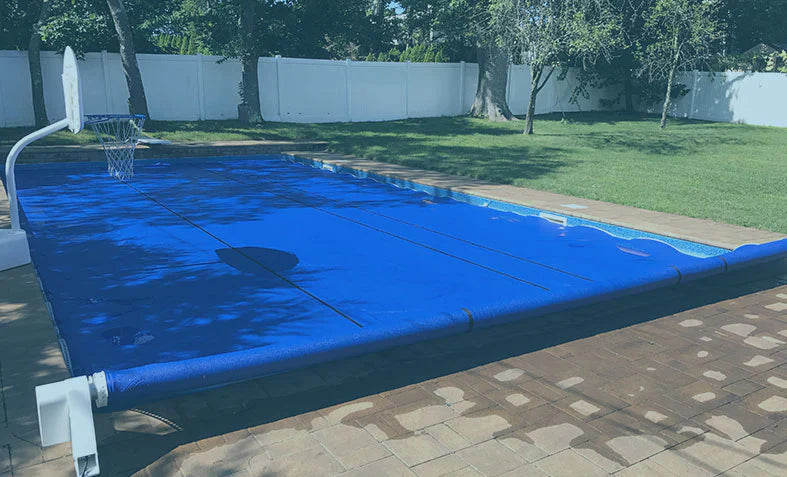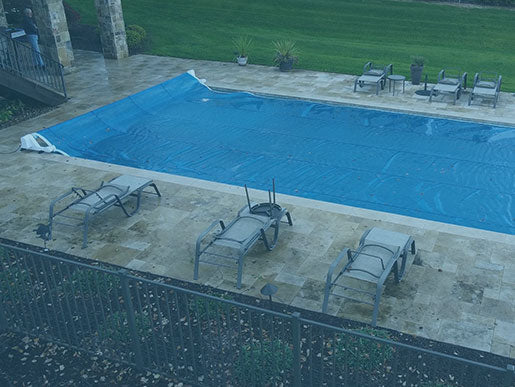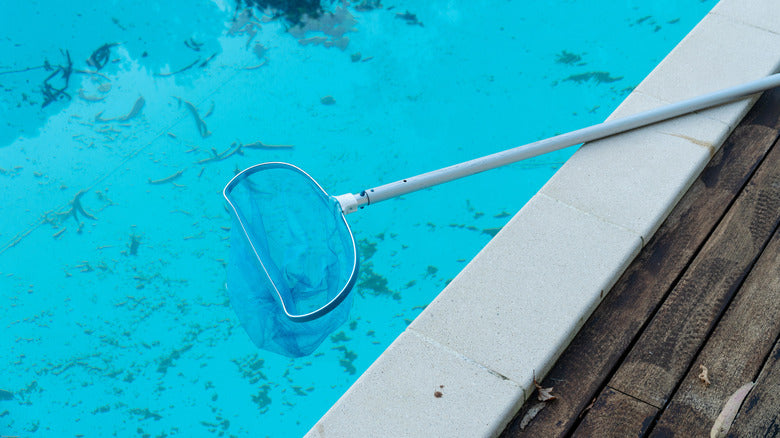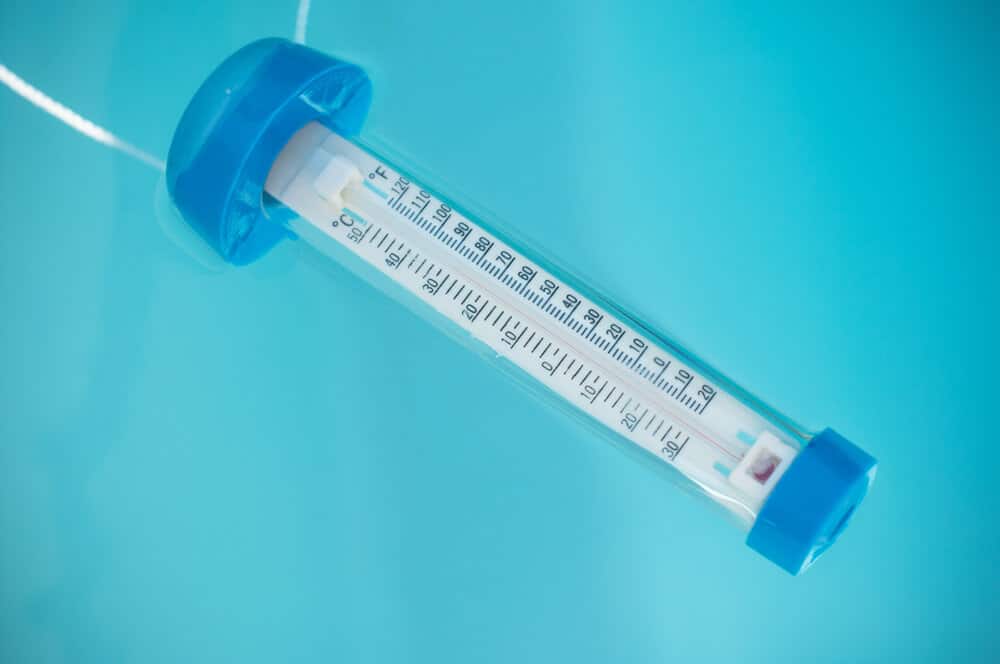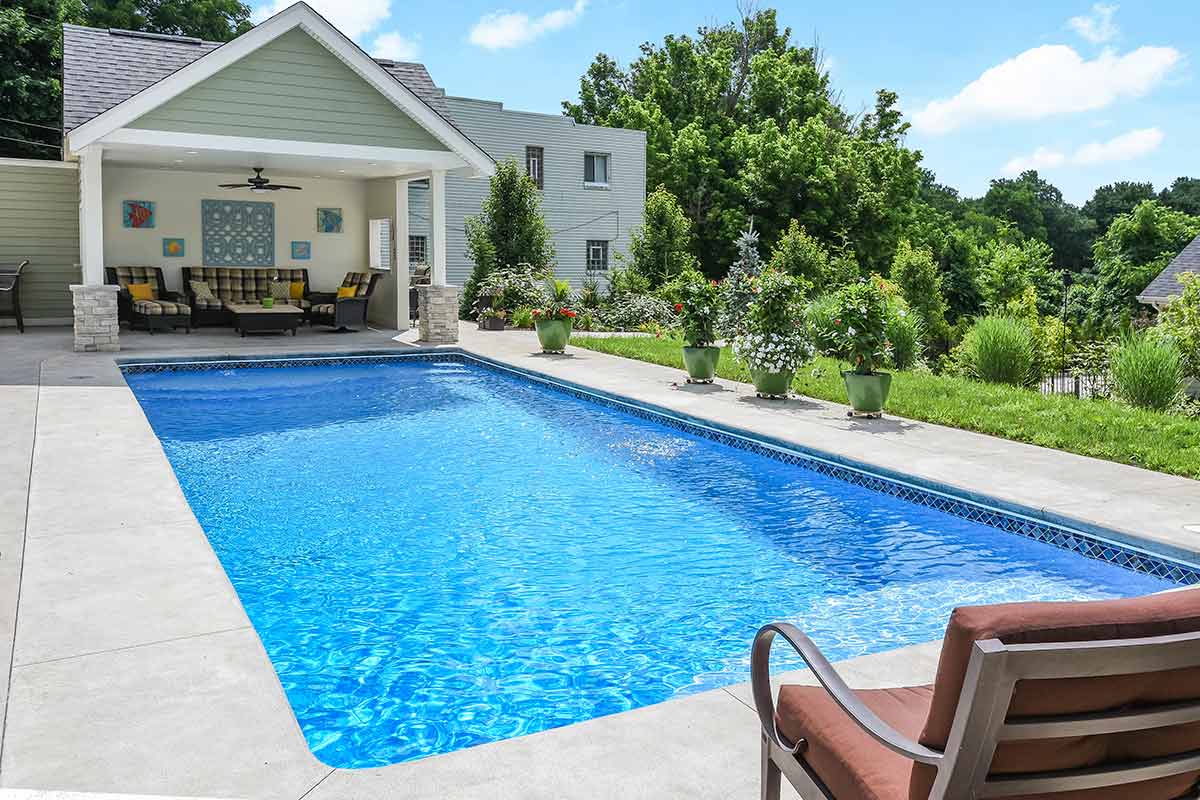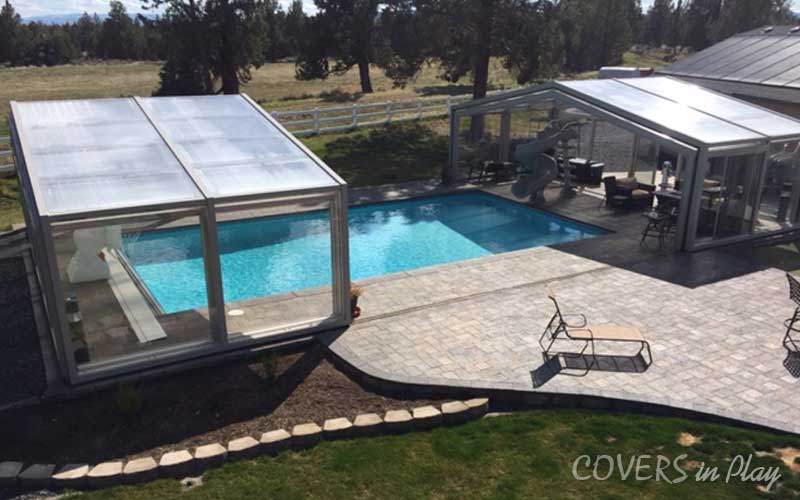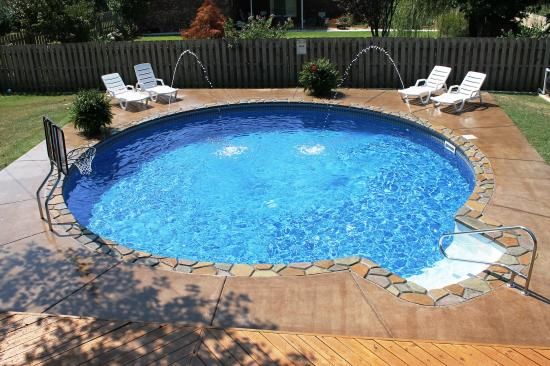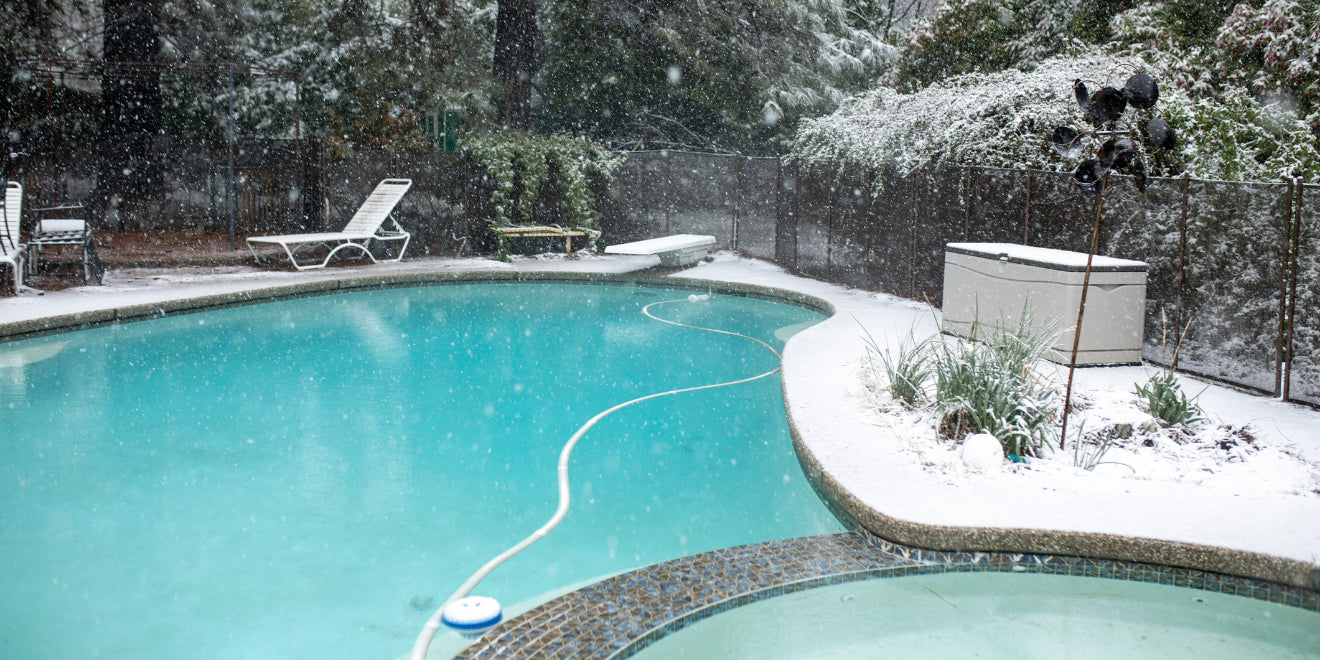
How to Remove Mustard Algae in Your Pool
Over the winter, mustard or yellow algae lay dormant in your pool. However, once warmer days start to kick in, they start to grow and multiply. Yellow algae can present several hazards, especially for younger or inexperienced swimmers. It will coat every underwater surface, causing ladders, pool floors, and walls to become dangerously slippery.
The slimy buildup of algae on the stairways may cause accidental falls. You might end up dealing with injuries, including bruises, scrapes, bumps, and fractures. That said, you should not panic.
What are Mustard Algae?
Also known as yellow algae, mustard algae are a type of green algae. You may notice that they vary in color slightly. They can either be yellowish, yellow-brown, or yellow-green. It is worth noting that this pesky nuisance resembles pollen, dirt, or sand. Naturally, most pool owners do not realize they have it. In some cases, mustard algae may not even be as slimy as other types of algae.

While mustard algae is not harmful to humans, an overgrowth can attract harmful bacteria like e. coli. What’s more, they can cloud the water and stain the swimming pool. Unlike green algae which float on water, mustard algae cling onto the bottom and the walls of the pool. Since they are resistant to chlorine, they can be challenging to remove once they get into your pool.
How to Remove Mustard Algae
It is worth noting that mustard algae usually grow in shady, hidden areas like the pool filter, the rungs of ladders, and around the lights. Here are some of the effective ways you can get rid of them:
Decontamination
As we’ve mentioned, the microscopic spores of mustard algae can hide in the crevices of plastics, fabrics, and vinyl items. So, one of the best ways to get rid of them is to decontaminate your swimwear and the pool accessories. Use color-safe bleach and minimal soap when washing your swimwear in a hot cycle. If you have worn-out pool brushes, deteriorated pool noodles, or half-popped inflatables, get rid of them. Let the brushes and skim nets soak in a chlorine solution. You should also disassemble your pool cleaner and wash the internal components, using chlorine.
Vacuuming
You should avoid letting mustard algae get into your pool filter. So, if your pool filter has a multiport valve feature, remember to let the equipment ‘drain to waste,’ then roll out the backwash hose. The hose should allow you to fill the pool before and while you’re vacuuming. Do not forget to go fast because every five minutes, the water level may drop about half an inch. Also, make sure you vacuum thoroughly. Before performing this maintenance procedure, you must ensure that there are no debris or leaves in the water.

Using Pool Shocks
Managing your pool’s pH balance can be challenging. You need to control its alkalinity to avoid scaling. However, adding too much acid can affect other chemicals, causing sanitation issues and mustard algae growth. So, it is important that you know how to balance these chemicals.
To amplify the strength of chlorine, you need to use an accelerator that will make it extremely agitated and active. The first thing you need to do is ensure that the pH level is between 7.2 to 7.8. Remember to check the hardness, alkalinity, cyanuric acid, and chlorine levels. For every 15,000 gallons of pool water, you should add 2 lbs. of chlorine accelerator. Remember to brush the pool thoroughly, then leave the filter running overnight. In the morning, shock the pool. Perform this step again after 24 hours. This time, use 2 lbs. of pool shock for every 10,000 gallons of water.
It is only natural for the pool water to be hazy or cloudy after you treat it for mustard algae. You can use a clarifier if the filter is struggling to keep the water clear. Remember to keep the pH level to 7.4 and brush the pool on a daily basis. After the treatment, you should also vacuum to waste to get rid of dead algae.
Indeed, mustard algae can be a nightmare for pool owners. However, the right amount of chlorine will kill it. What’s important is you decontaminate anything that came in contact with the water. A good amount of brushing and vacuuming will also contribute significantly to keeping your pool sanitary. To ensure that the mustard algae is dead, use a considerable amount of chlorine along with an accelerator. There are plenty of good products out there, including Mustard Buster and Yellow out.
To ensure that the water won’t be contaminated with yellow algae, it would be ideal to install a pool cover. If you are thinking that it is physically challenging to draw out and draw in the cover, well, we’ve got the solution for you. You can use an automatic pool reel to get rid of the hassle and effort of covering and uncovering your pool. With no debris and dirt getting into your pool, you can prevent yellow algae growth.
